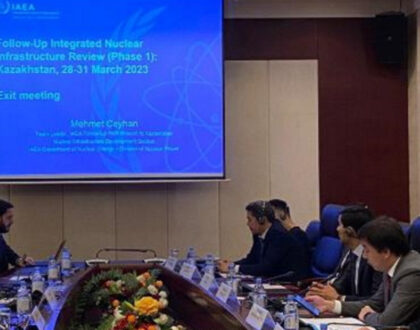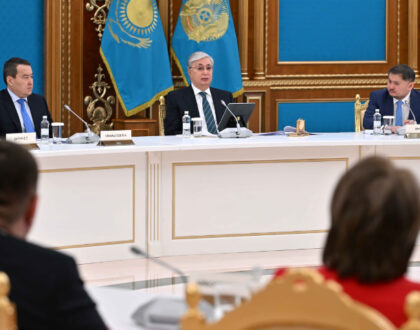Joint efforts of University and National Industry Center create breakthrough ore processing technology

In the SKU named after Mukhtar Auezov, an original scientific and educational metallurgical environment has developed over the past few decades. The basis of this environment is the scientific school of complex processing of substandard natural and technogenic metallurgical raw materials.
The school has created more than two dozen patented technologies that have undergone production tests. However, only a few technologies have found customers and have been implemented with an economic effect of about £1 million. Other technologies, despite their technological novelty, cannot find investors. Rather, there are investors, but they agree to finance the project after pilot tests. It is impossible for the university to create a pilot industrial base, the construction costs of which are at least £500-600 million.
Thus, there was an objective need to find a partner with rich experience in carrying out this kind of work. Unlike university science, branch science is initially focused on the end result: the creation of new efficient technologies and their introduction into the industry. That is, a situation has been created for the real integration of university science with industry science. Such a scientific and production structure in Kazakhstan is the National Centre for the Complex Processing of Mineral Raw Materials. The interest in joint scientific and production work was secured by an agreement signed in 2020 between the rector of the Auezov SKU named after Daria Kozhamzharova and the Director General of the National Centre for Communal Education and Science of the Republic of Kazakhstan Abdurasul Zharmenov.
During the three years of joint work, several patented, implementation-oriented technologies have been created. But most importantly, based on the discovery made by the university in the field of physical chemistry of ferroalloys, a new ideology was formulated for the integrated processing of metallurgical natural and technogenic raw materials, which can significantly reduce the amount of waste and substandard ores.
This ideology, applicable to several billion tonnes of polymetallic raw materials, is now being implemented at the Shalkiya deposit, which is among the top five in the world in terms of zinc reserves. As a result of joint research, a completely new technology, which has no analogues in world practice, has been developed, which makes it possible to significantly increase the degree of integrated use of raw materials. The technology makes it possible to process the primary and oxidised ore of the deposit. This technology is part of the research project “Development of fundamentally new technologies for the complex processing of polymetallic raw materials” with industrial tests, on the basis of which, together with investors, the construction of a large metallurgical plant will be organised.



